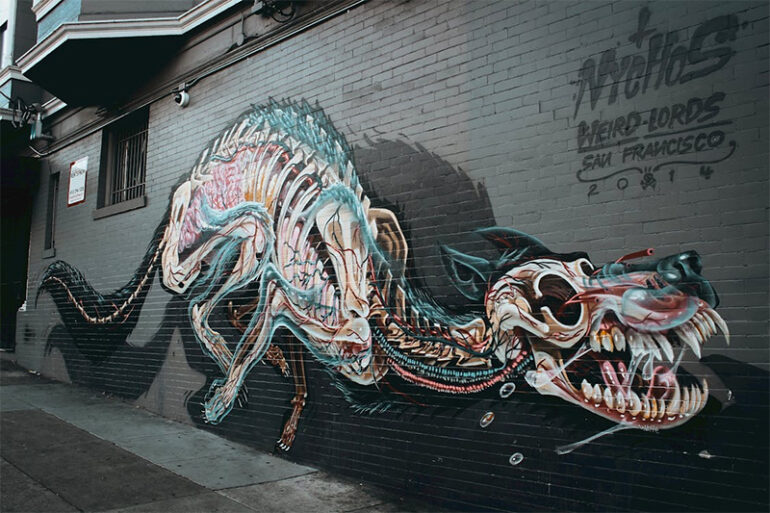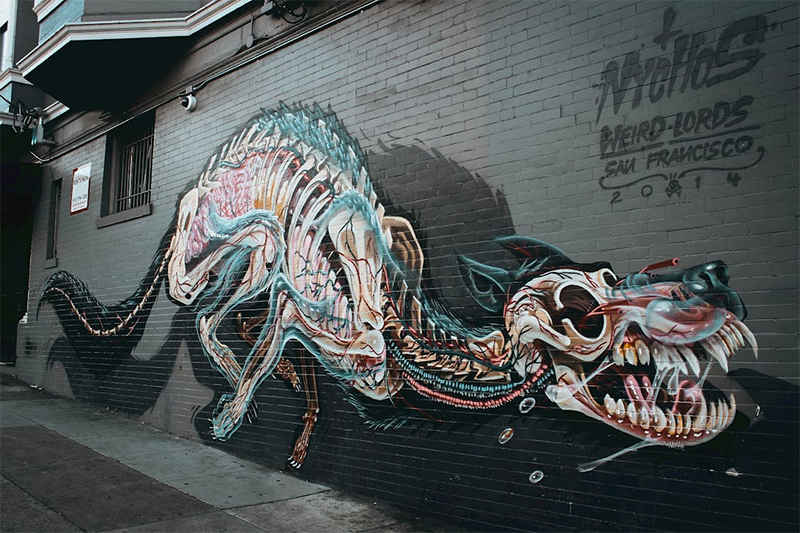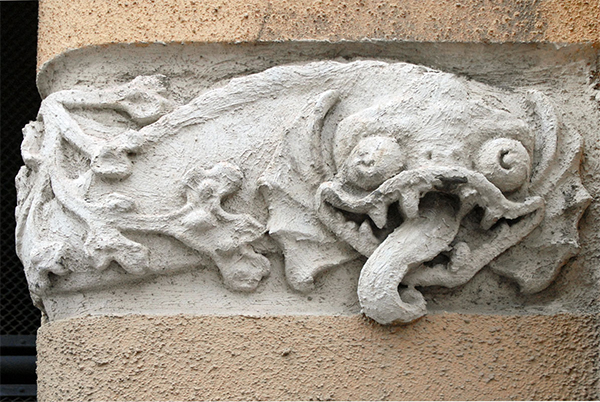Mythical creatures of all times across diverse cultures have a mesmerizing effect on weaving in the tales transcending time and space. Be it symbolic griffins for strength or enigmatic mermaids for beauty, such kinds of fantastical beings have always mesmerized the human imagination. The artists bring them to life with ornate details and allegorical depictions that reflect ever-changing beliefs and styles with subtlety in the highest regard. Today, modern-day artists continue to reimagine these time-worn beings, often breathing life into conventional folklore and showcasing that mythical realms remain powerful in cultural storytelling.
The Origins of Mythical Creatures
For ages now, in fact, cultures around the world have used their rich creativity to invent detailed stories on mythological beings that continue to grab human imagination even in the modern world. These mythic beings, running from giant dragons to mysterious unicorns, often seem to reflect more profound human emotions and beliefs. It leads to exploring the origins of these legendary beings, which opens a lavish tapestry of folklore and superstitions that unmask the cultural meaning and staying power exposed to those mythical realms in art and storytelling.
Symbolism in Mythical Creature Depictions
Mythical creatures in art tend to be capable of doing more than simply featuring as visual representation. The meaning and interpretation of mythical creatures—be it the ferociousness of a griffin as a sign of power and protection to gentle mermaids as a sign of beauty and mystery—are beyond measure. In fact, these creatures represent some kind of symbolism; they have been used by artists for centuries to tell a complex story, to insinuate some moral lessons, or to communicate cultural values expressed in the artwork. What is indicated through the investigation of symbolism found in mythical creature depictions is the interaction between artistry and allegory.
Evolution of Mythical Creatures in Art
The portrayal of mythical creatures in art has assumed intriguing changes over the preceding centuries, echoing changes manifested in cultural beliefs and art movements. From the ancients with their cave paintings of magical beings to the Middle Ages with its massive tapestries overflowing with magical creatures, artists have always reimagined all of this. Through this growth, therefore, there have been mythical creatures in art that show the kind of imagination and creativity by the artists, showing different perceptions and interpretations of these legendary beings through history.
Contemporary Interpretations of Legendary Creatures
In the modern art movement, legendary creatures are still an inspiration for most artists as they try to change and recreate conventional beings in the most innovative way. From modern paintings of dragons in cities to sculptures of mythological monsters re-envisioned with futurist details, artists today breathe new life into ancient folklore. These modern interpretations of mythic creatures not only have renewed the ancient mythologies with quite a value but also refracted through the ever-changing character of artistic expression and cultural narrative.
From this perspective, the recurrence of mythical creatures through art tells of a timeless fascination, combined with generations and cultures. From ancient symbolism to the latest reinterpretations, such legendary beings as these will keep inspiring artists by bringing in the vividness of imagination and creativity in their works. The development of mythical creatures in art represents the persistent allure in folklore and storytelling as it stands in our heritage, not just artistic license. Various forms of these complicated mythical beings are reflected and represented.
Photo Attribution:
1st & featured image by https://www.pexels.com/photo/gray-and-teal-animal-skeleton-wall-decor-2263686/


